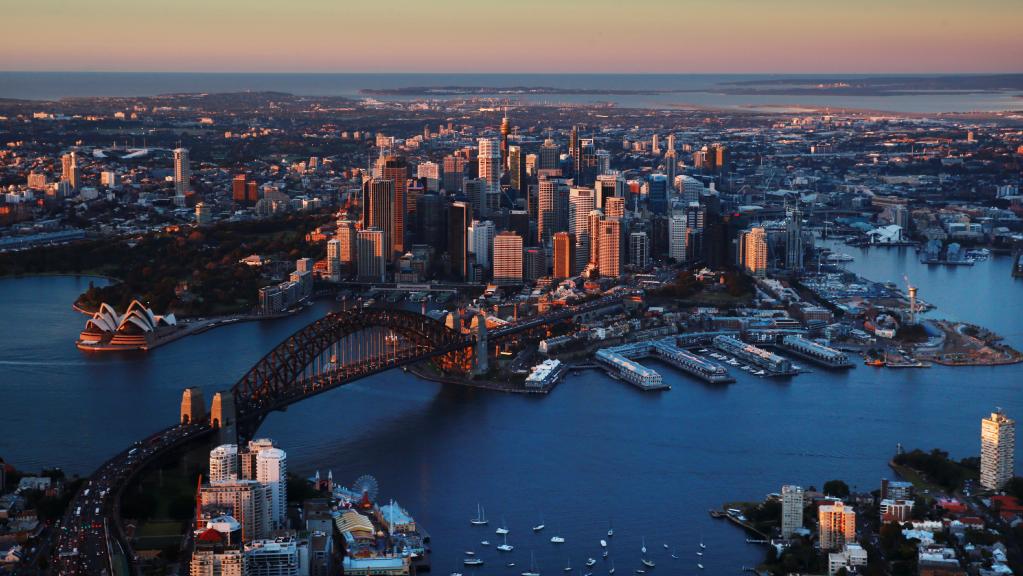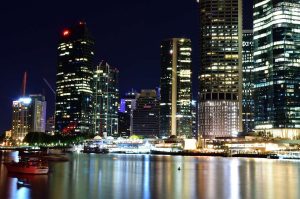What’s Brisbane Like Compared to Melbourne?


When you are comparing the city of Brisbane to the city of Melbourne, it is important to consider both their climate, culture, and accommodation options. These factors will greatly affect your decision to live in either city. However, the climate and cultural differences between the two can often be less than obvious.
Table of Contents
Accommodations
If you are looking for a great place to stay in Australia, Brisbane has a lot to offer. You will find everything from boutique and luxury hotels to family-friendly accommodations. You can find accommodations close to downtown or in the suburbs, depending on your preference.
The city offers an excellent train service. Its airports are situated ten miles from the city center. It is also easy to get around by taxi or bus. There are plenty of shops, restaurants, and nightlife.
Some of the most popular attractions in the city are the museums, zoo, and Botanic Gardens. You can also enjoy a boat cruise along the mighty Brisbane River. You will see many old and colonial-era buildings. There are several paths for walking in the area.
Climate
The climate of Brisbane is more tropical than the one of Melbourne. It is subtropical oceanic with humid summers and mild winters. Both cities have good economic bases and excellent nature attractions.
The weather is generally sunny and mild, but rain can be heavy in the summer. There are also numerous heat-waves that occur in the summer months. These can lead to water restrictions and bush-fires.
The climate of Brisbane is similar to that of Sau Paulo in Brazil. The city is located on Moreton Bay. During winter, the sea temperatures are warm enough to swim.
Brisbane has an annual mean minimum of 16.6 degC (62 degF) and an annual mean maximum of 26.6 degC (80 degF). The climate is comparable to that of Benghazi in Libya and Alexandria in Egypt. It is also considered to be the second-hottest capital city in Australia.
Culture
The culture of Brisbane compared to Melbourne isn’t always as obvious as it might seem. The two cities are both vibrant and culturally diverse. The best way to compare them is by looking at what makes them stand out.
Traditionally, Australia has been a country of large coastal cities. Brisbane and Melbourne are two of the largest in the country. They are both considered relatively safe and have a rich cultural heritage.
In terms of climate, both cities are relatively warm. However, Brisbane has more humidity. In summer, it gets quite hot, whereas in winter, it stays cooler.
Brisbane has a humid subtropical climate. It receives plenty of sun throughout the year, and the city is also known for its blue skies.
The culture of Melbourne is much more diverse than that of Brisbane. It is the cultural capital of Australia. It is home to many languages, and is one of the most multilingual cities in the world.
Transportation options
The transport options for traveling from Melbourne to Brisbane are plentiful. You can take a plane, train, or even a taxi. The two cities are just 1040 miles apart, and a direct flight takes just over two hours.
A bus journey from Brisbane to Melbourne will take approximately three hours. The quickest route cuts through central Victoria, and the longer coastal route passes through Sydney. Depending on the time of day and distance, the cost of a ticket will range from AU$65 to AU$100.
If you don’t want to take the time to get around with a car, you can hop on a bus or a ferry. CityCats operate on the Brisbane River and run every 15 or 30 minutes all week long. During rush hour, they also offer express routes.
Closer to agricultural centres in Australia
Australia is one of the most important sources of global food and fibre. It produces a range of animal, aquatic and human products. Its reputation for quality and cleanliness has helped it secure a foothold in Asian markets.
The Australian agricultural sector has always been hungry for innovation. Among the recent trends are advances in remote sensing and robotics, which are driving efficiency and disruption across the globe’s food supply chain. These technologies, along with new methods of irrigation, are helping to ensure an environmentally friendly and viable industry for the foreseeable future.
In the last ten years, the average productivity of an Australian farm has climbed by two per cent. This was largely a result of improved pastures and stock. In addition, Australia is a global supplier of some of the cleanest products on earth.

